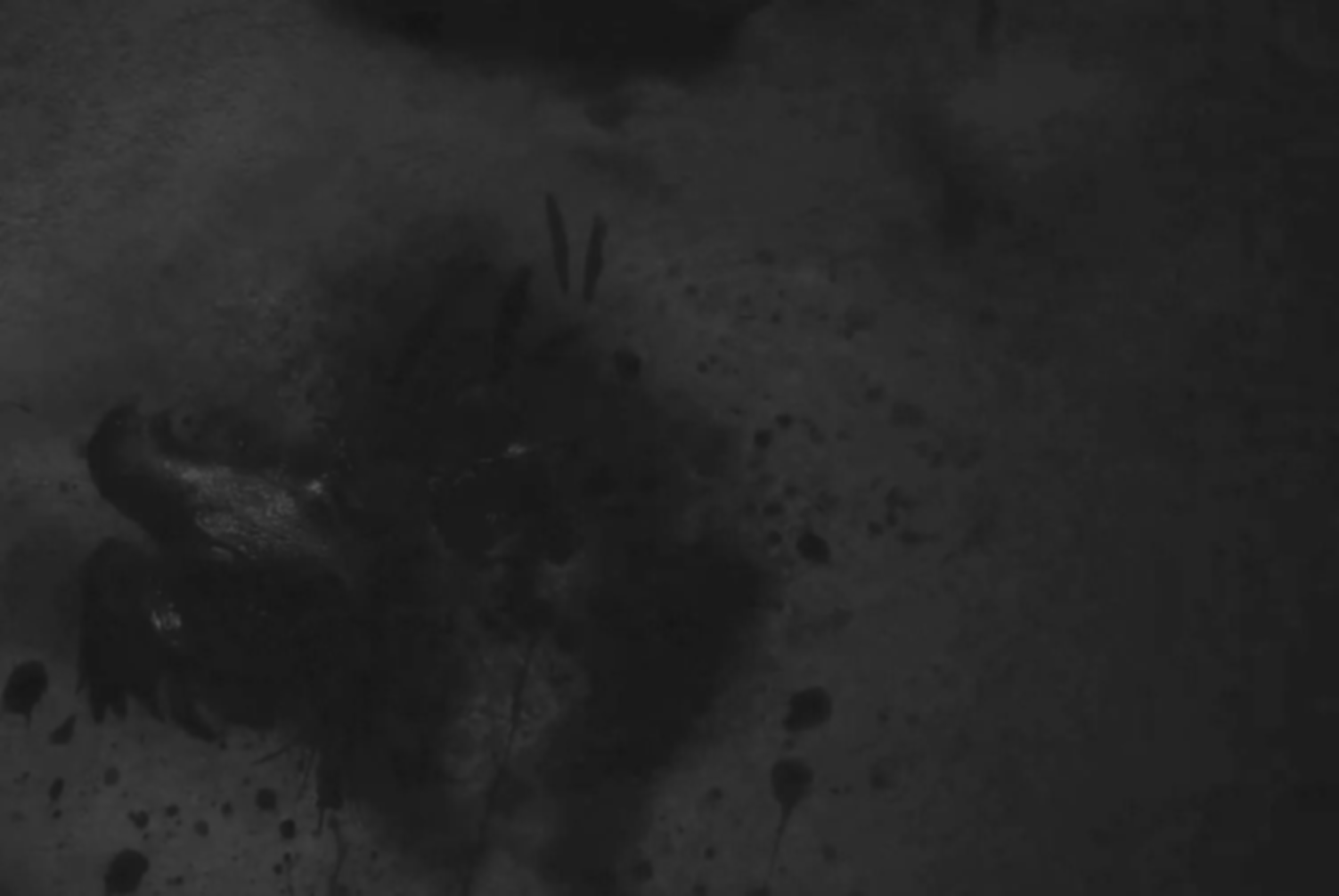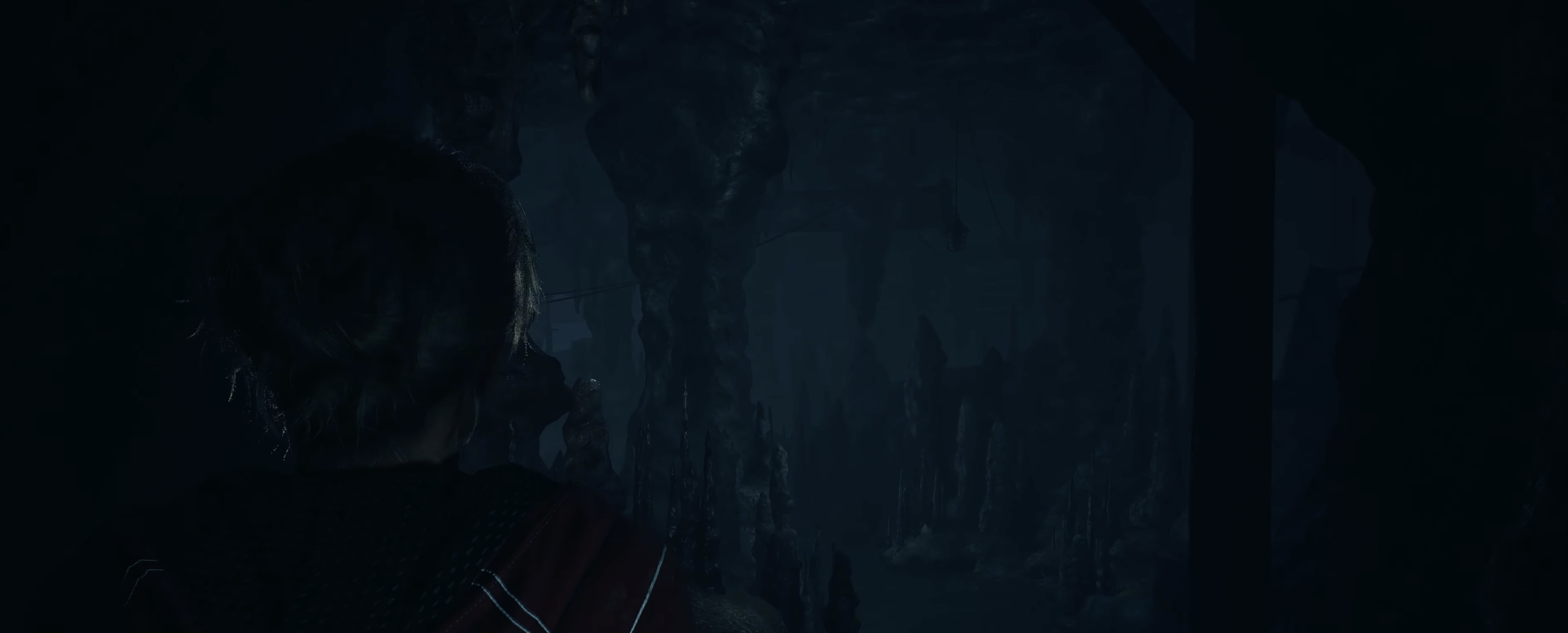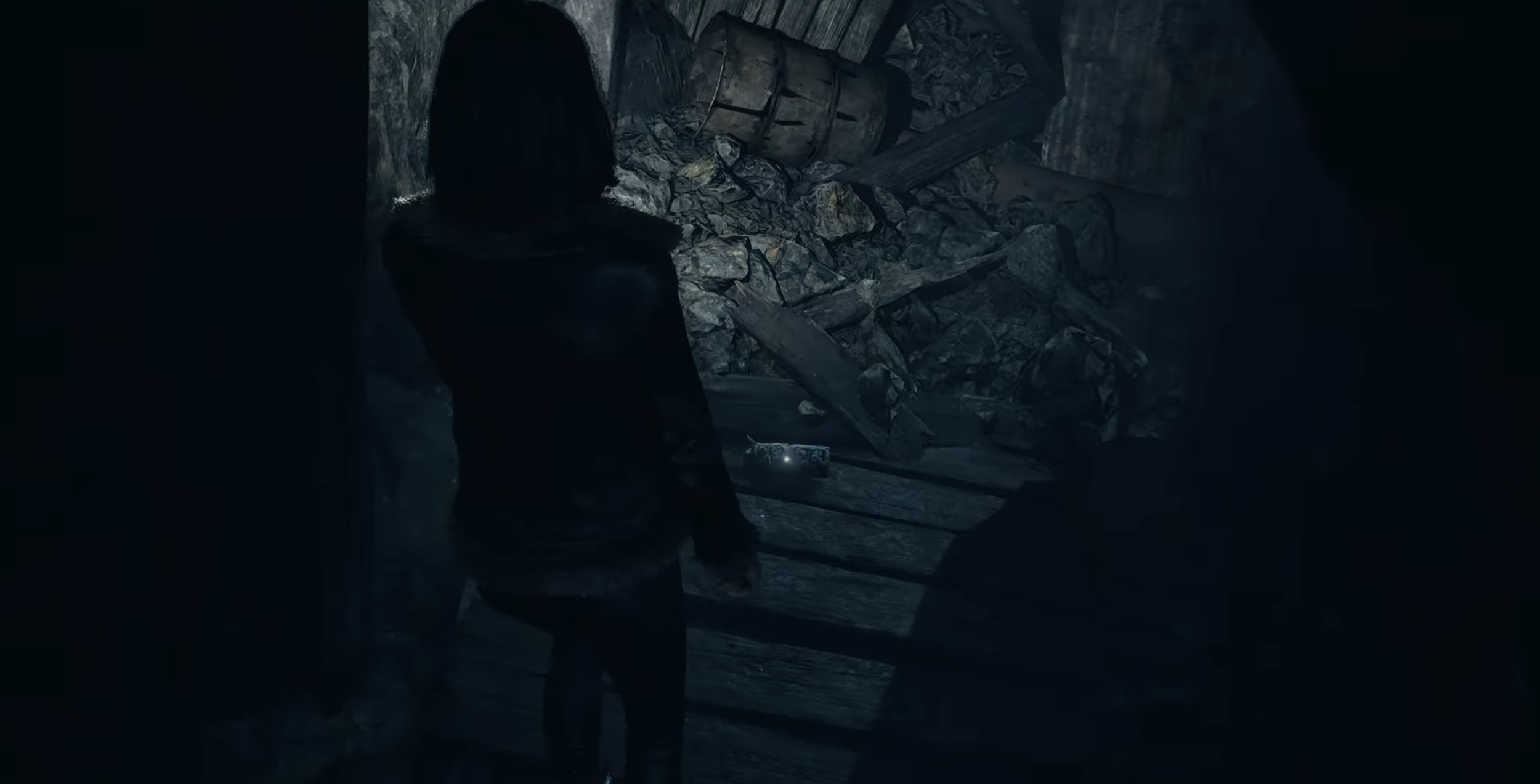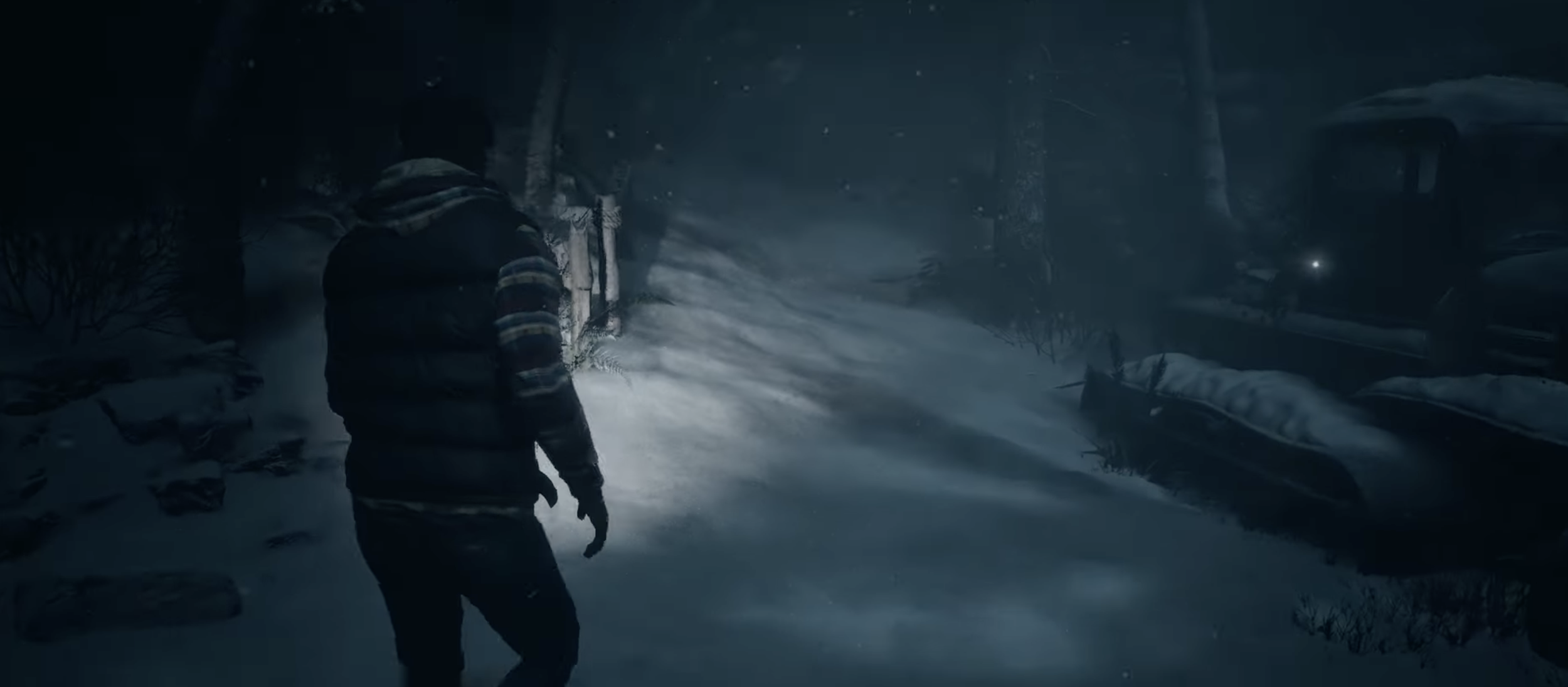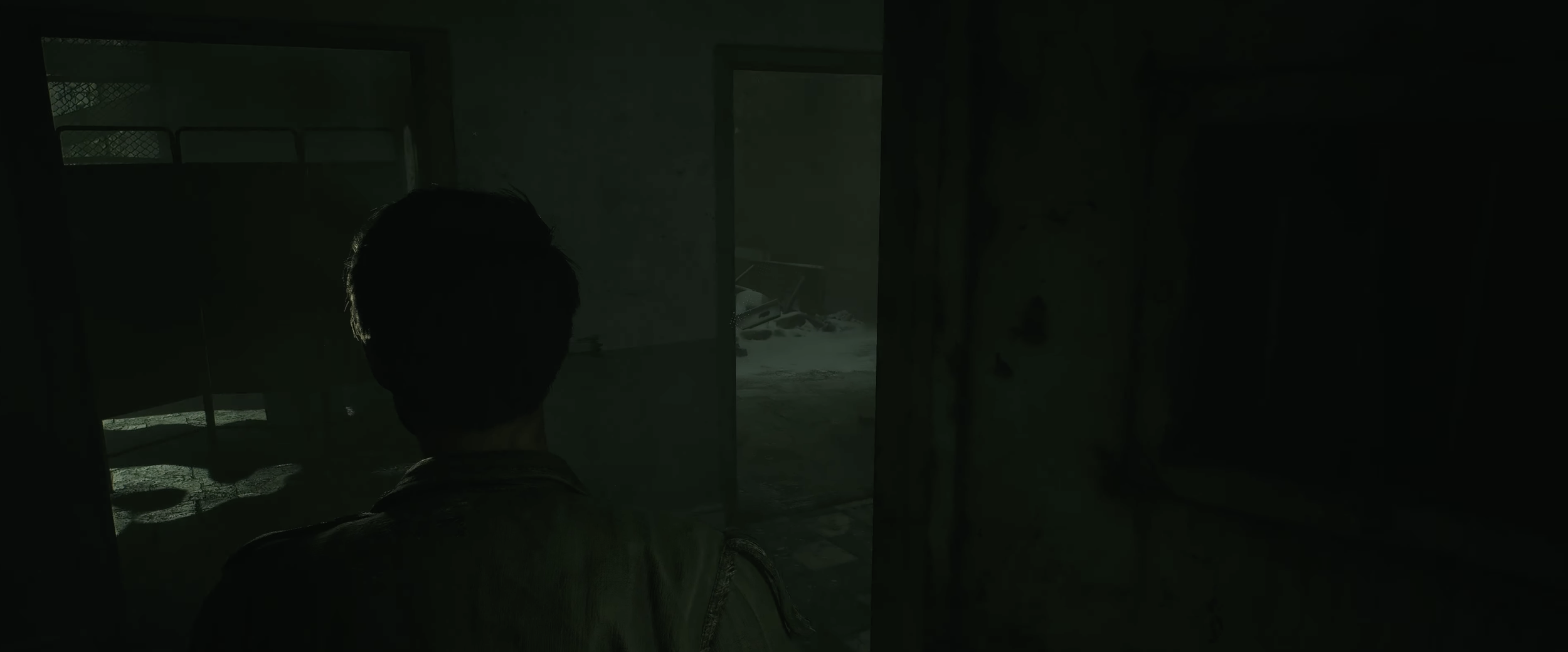Until Dawn Remake
A modern reimagining of the original narrative horror experience, rebuilt in Unreal Engine 5. This remake introduces a third-person camera system, reworks environmental storytelling and cinematics, and enhances emotional tension while preserving the original game's atmosphere and intent.
Environment Screens

Design responsibilities and process
Process
Drew inspiration from the original Until Dawn to preserve its emotional tone and cinematic tension.
Designed and implemented camera blends to guide key emotional beats and anchor dramatic pacing.
Edited chapter flow and layout transitions to maintain narrative and emotional coherence.
Collaborated with animation, camera, and cinematic teams to ensure seamless integration between interactive and scripted sequences.
Evaluated layout adjustments for atmospheric impact and navigational clarity.
Worked with artists to enhance environmental storytelling and visual cohesion in new areas.
Applied level design refinements to support fluid navigation and a consistent player experience.
Example- Camera Focal Interpolation Based on Spline
In Chapter 1, while playing as Sam, I implemented a spline-based camera system that dynamically
transitioned from a waist-level framing to a wide vista as the player moved along a defined path.
This created a smooth, cinematic reveal of the mountain landscape, reinforcing emotional tone and visual storytelling without compromising player control.
New Area Layout and Content
Collaborated with the lead game designer and concept designer to develop new areas aligned with the game’s vision and narrative.
Pitched and iterated on layouts in-engine to ensure level metrics and mechanics worked as intended.
Refined area metrics and navigation flow through iterative testing and feedback.
Scripted narrative-driven events to deepen immersion and support emotional storytelling.
Implemented camera blends and shakes to heighten tension and reinforce atmosphere.
Contributed to art dressing and environmental storytelling across new spaces.
Reinterpreted fixed-camera layouts into third-person traversal, maintaining suspense while increasing player agency.
Example - Narrative Scripted Event – Mise en Scène
In Chapter 8, playing as Chris, I pitched and implemented a scripted event featuring a crow feeding on another dead crow, a dark visual symbol reinforcing the game’s tone.
Later, as Sam in Chapter 10, I redesigned a cave maze sequence to enhance tension and spatial disorientation through sound cues and limited visibility.
This replaced an underdeveloped area from the original, transforming it into a moment of sustained dread built through environmental storytelling and audio design.
Totem and Micro Layout Design
Relocated all totems across the game, maintaining narrative logic and gameplay balance.
Redesigned premonition delivery with the narrative designer to enhance storytelling and anticipation.
Identified and mapped potential new explorable areas using Miro boards without disrupting mission flow.
Adjusted micro layouts to open new paths and transform critical routes into fresh discovery moments.
Collaborated with the narrative team to align totem placement with story arcs and ensure one-time discovery.
Dressed newly accessible spaces to strengthen environmental storytelling and visual immersion.
Revitalized familiar areas, refreshing player experience while preserving the original game’s identity.
Example - Level Design Macro Layout Enhancement
In the sanatorium, I expanded multiple locations, most notably the cemetery.
This new area deepened narrative context by honouring past events and adding environmental symbolism.
Dense crow activity and atmospheric design reinforced its ominous tone, transforming a once-passive backdrop into an emotionally charged exploration space.
key lesson:
Rebuilding an established experience required balancing player freedom with cinematic control.
Learned to adapt narrative pacing and emotional beats to a new third-person system without losing the original tone.
Strengthened cross-department collaboration to ensure consistency between layout, animation, and camera design.
